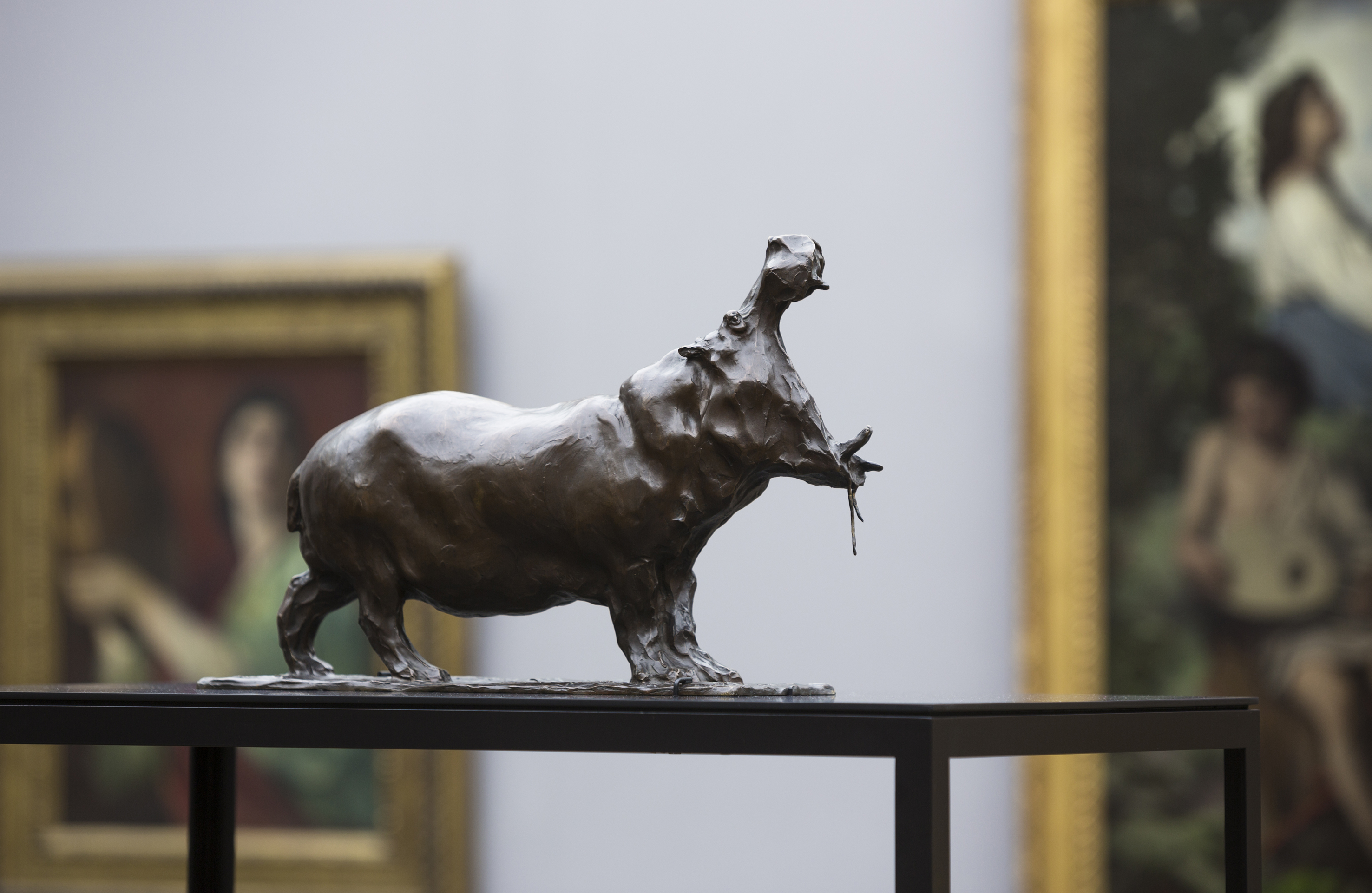Rembrandt Bugatti (1884-1916) is one of the most remarkable and artistically independent sculptors of the early 20th century. In his short life, the brother of the legendary automobile designer Ettore Bugatti created a body of work comprising over 300 works that is unique in its intensity and variety of forms.
The exhibition in the Alte Nationalgalerie with over 80 sculptures is Rembrandt Bugatti's first major solo museum exhibition and thus opens the door to a brilliant rediscovery of this artist. Although very successful during his lifetime and still collected by enthusiasts worldwide today, Rembrandt Bugatti is still largely unknown to the public. Museums from Paris, Washington and Antwerp have promised loans for the exhibition. However, the majority of the works presented come from international private collections, which are showing their treasures publicly for the first time in the National Gallery.
Even as a teenager, Rembrandt Bugatti found his lifelong theme: the animal. While initially he primarily modeled cows, he later found more exotic models in the zoological gardens of Paris and Antwerp: animals such as anteaters, tapirs and marabous, yaks, secretary birds and kangaroos became subjects at Bugatti for the first time in European art history of sculpture. After a phase of intensive observation, he modeled almost all of the sculptures directly in front of the animal itself. Bugatti's extraordinary feeling for the “right moment” enabled him to capture the animal's most meaningful moment in a sculpture and thereby create incomparably lifelike portraits of individual animals - always His aim was to precisely capture the characteristics, movements and feelings of his counterpart.
